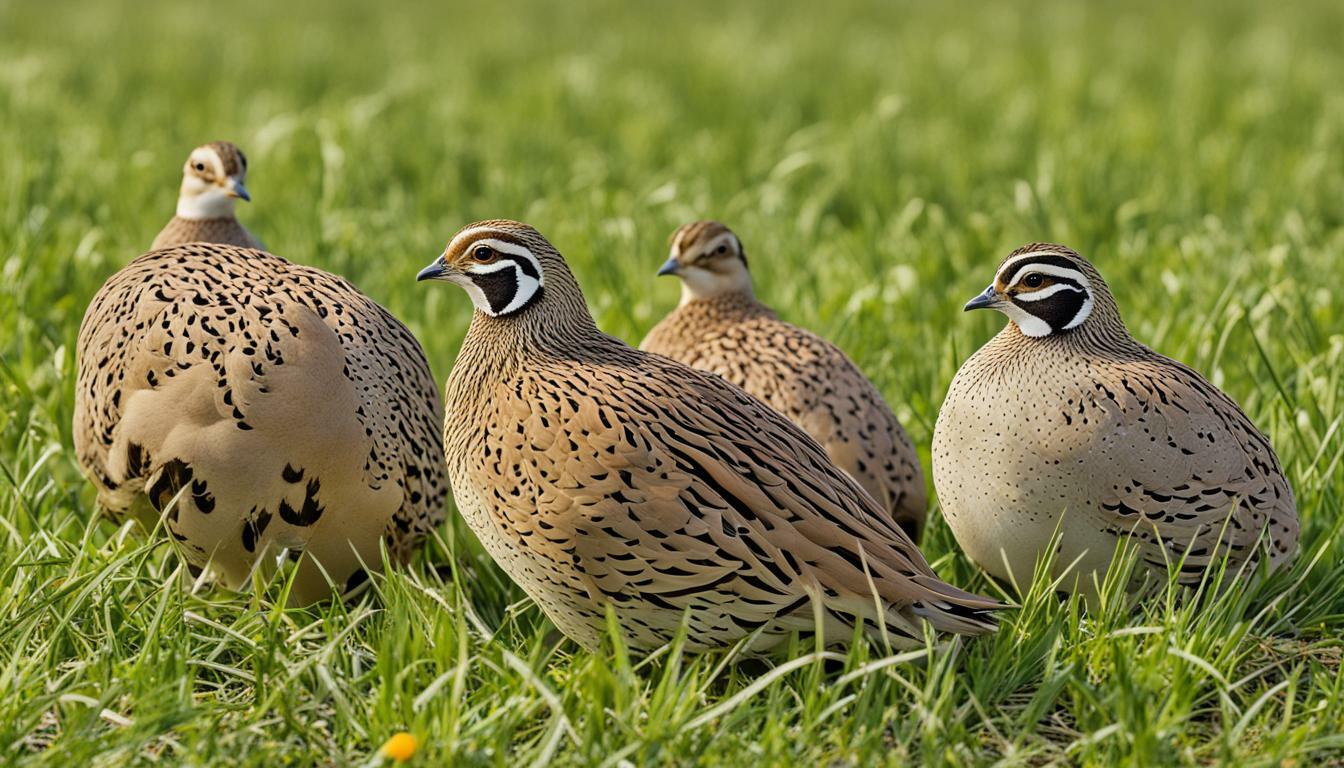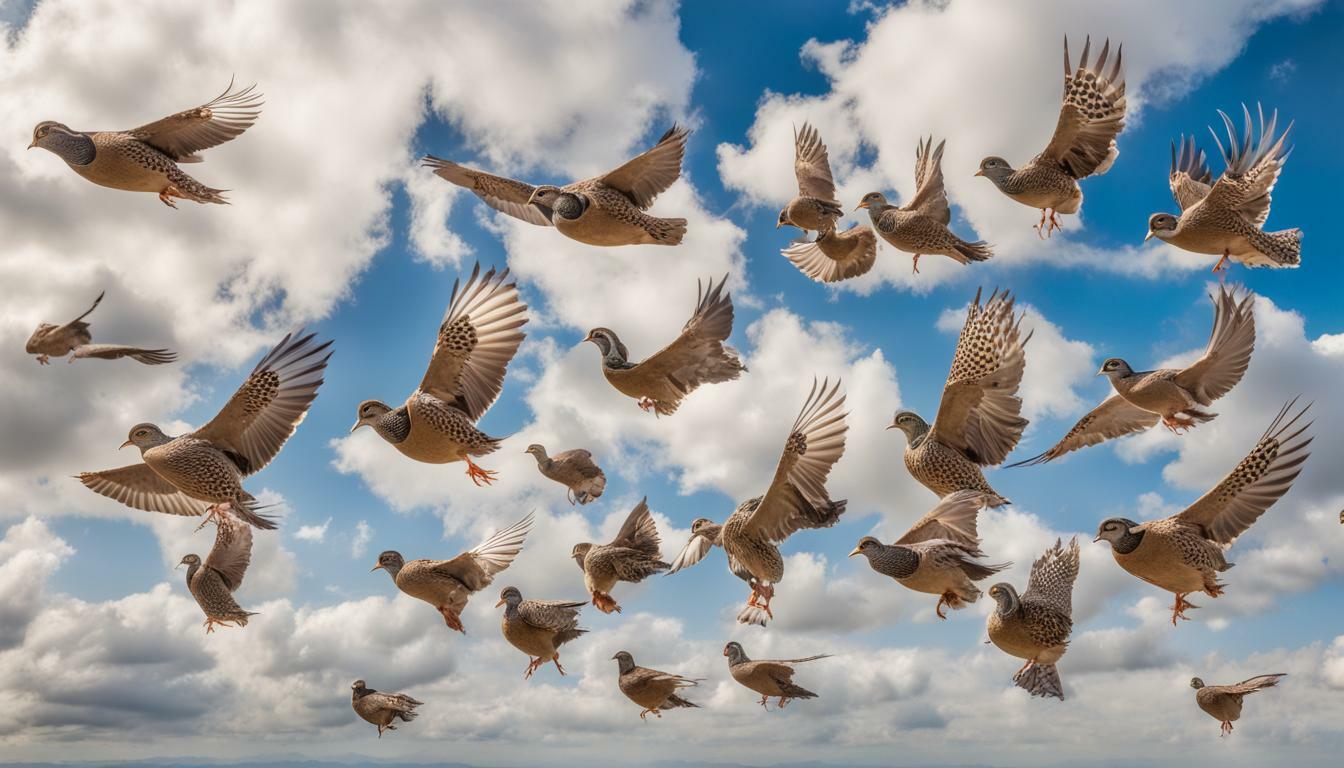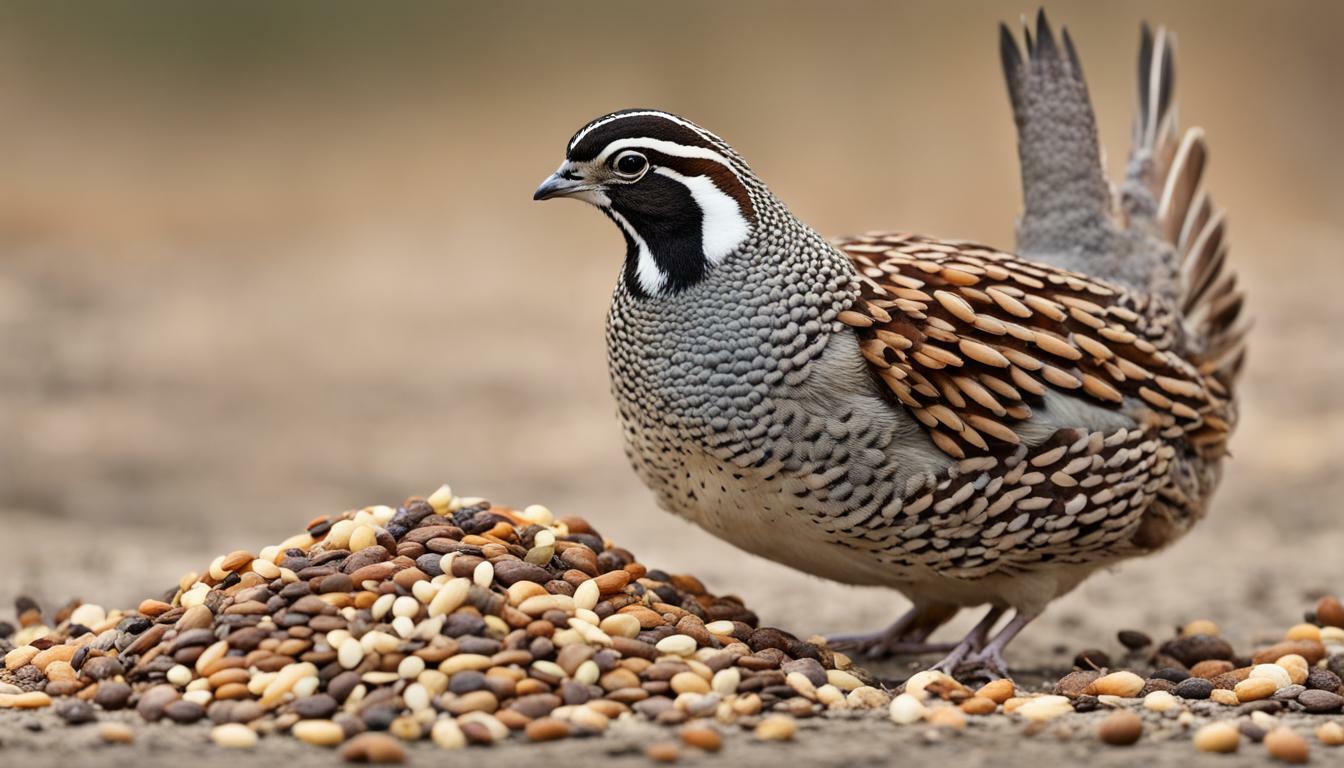When Do Quails Start Laying Eggs? Uncover the Facts!

Table of content:
Quail egg production is an exciting endeavor for any backyard poultry keeper. The tiny speckled eggs are packed with nutrition and have a delightful flavor that makes them a gourmet ingredient. But before you can start collecting those precious eggs, it’s important to understand the quail’s unique reproductive cycle.
Quail Breeding Basics
Quails reach and begin laying eggs at a young age, usually around 6-8 weeks from hatching. The specific timing depends on factors like diet, daylight hours, and breed. Wild quails may take a bit longer, closer to 10-12 weeks before egg laying begins.
Once a hen quail is mature enough to lay, she will continue producing eggs almost daily for many months. With proper care, a laying cycle can continue for 1-2 years before production declines.
Male quails, called cocks, become fertile after about 6 weeks old. A single cock can fertilize eggs from several hens, so you don’t need equal numbers of males and females in your flock.
Signs Your Quail is Ready to Lay
How do you know when your quail pullet is mature enough to start laying? Here are a few clues to watch for:
- Increased appetite – A week or two before laying, you may notice your quail eating more feed. This ramps up nutrients for egg production.
- Weight gain – As the reproductive organs develop, your quail will put on weight, filling out to her mature size.
- Bright red comb – The comb on top of the quail’s head will become larger, fuller, and vivid red when it’s time to lay.
- Squatting posture – A mature hen will start squatting lower to the ground and remain still for longer periods. This shows she is ready to be mated.
- Nesting behavior – A quail who is ready to lay will scout for potential nest sites, arrange nesting material, and do “trial runs” of egg-laying motions.
Once you observe these signs, be prepared for the first egg to follow within days!
Quail Laying Cycle
Quails are extremely prolific egg layers. Each hen can produce 300 eggs or more per year!
The laying cycle has these main phases:
Production
This high-output phase lasts for several months once the hen is mature. Eggs are laid nearly every day, with some days missed randomly. Hens reach peak production around 30-40 weeks old.
Pause
After many months of strenuous egg laying, the hen will stop producing for a few weeks to recover. Production then resumes at a lower level.
Molt
About once per year, quails molt and replace all their feathers. This is energy intensive, so egg production pauses completely for 4-8 weeks.
Broodiness
Some hens may go broody after the molt, choosing to sit on a nest for weeks incubating eggs. No eggs are laid during this time. Removing eggs from the nest may end broodiness.
With proper nutrition and care, most quails will go through this cycle annually for their entire productive lifespan. Let’s look closer at what to expect during the peak laying period.
Quail Egg Production
Under ideal conditions, quail hens produce tiny, speckled eggs nearly every single day. Here’s what to expect:
- Age at first egg – Around 6-8 weeks old
- Time of day – Usually early morning through mid-afternoon
- Frequency – Most days, sometimes skipping 1-2 days per week
- Color – Creamy white with dark brown speckles
- Size – 10-13 grams, smaller than a ping pong ball
- Number of eggs – Between 200-300 annually per hen
The incredible productivity of quails satisfies the appetite for these gourmet eggs. But what actually triggers quail hens to start depositing all these eggs in the first place?
What Stimulates Quails to Lay Eggs?
In the wild, seasonal cues tell the quail’s body when conditions are right for breeding. In captivity, you can mimic those cues to maximize egg production. Here are the key factors:
Light
Like most birds, quails are extremely sensitive to light. Increasing daylight hours in spring triggers their reproduction. To jump start laying, gradually boost hours of light per day.
Nutrition
A diet high in calcium and protein signals to the quail it’s time for egg making. Feed a quality complete ration formulated for layers.
Comfort
Keep quails in clean housing at a temperature around 70°F. Provide dust baths for feather maintenance and nest boxes for egg laying privacy.
Mating
The presence of a virile male stimulates the females’ reproductive cycle. Ensure your flock has at least one mature, healthy cock.
Egg Removal
Collect eggs promptly. Leaving eggs in the nest sometimes causes hens to go broody and stop laying for weeks.
Minimal Stress
Any stressor like illness, predators, overcrowding, or noises can retard laying. Maintain a low-stress environment.
Meeting all these conditions will encourage your quails to start churning out eggs and reach their peak production period. Now let’s look at what happens after many months of intensive laying.
Why Do Quails Stop Laying Eggs?
The incredibly high rate of egg laying cannot go on forever. After approximately 6-12 months, the hen’s reproductive system gets fatigued. Her laying will gradually slow down and eventually pause completely to allow her body to rejuvenate.
Reasons quails stop laying include:
- Reproductive exhaustion
- Changing light exposure
- Advancing age
- Molting
- Broodiness
- Stress or disease
- Nutritional deficiencies
This pause is perfectly normal. Most hens just need 1-2 months rest before they start laying again, though likely at a lower rate. Ensuring proper diet, light, and health care will help your quails resume production.
Some older hens may stop laying permanently after 18-24 months. At that point, it’s best to retire those birds from the laying flock.
Caring for Laying Quails
You want your hard-working quail hens to produce optimally for as long as possible. Here are some tips for caring for laying quails:
- Provide 14-16 hours of light daily to simulate spring/summer lighting. Use timers on lights.
- Feed a quality layer ration with at least 20% protein, 2.5% calcium, and added vitamins. Provide grit.
- Supply oyster shells for extra calcium.
- Keep water fresh and clean. Quails drink more while laying.
- Collect eggs frequently. Don’t let them pile up in nests.
- Reduce protein slightly during molt periods to support feather regrowth.
- Cull non-productive hens after 12-18 months of age.
- Control rodents and predators to avoid stress.
With excellent care, most backyard flocks will enjoy stable production for 1-2 years before a decline. At that point, it’s time to bring in a new generation of younger layers.
Final Thoughts
Waiting for quails to start laying those precious eggs is an exciting phase of raising a backyard flock. Pay close attention as your birds mature to catch the first egg promptly! With a little preparation to meet their needs, you’ll enjoy abundant production from your hard-working little quail hens.
Welcome. I’m Adreena Shanum, the proud owner of this website, and I am incredibly passionate about animals, especially poultry. I founded adreenapets.com as a labor of love, stemming from my desire to share my knowledge and experiences with poultry enthusiasts worldwide.




